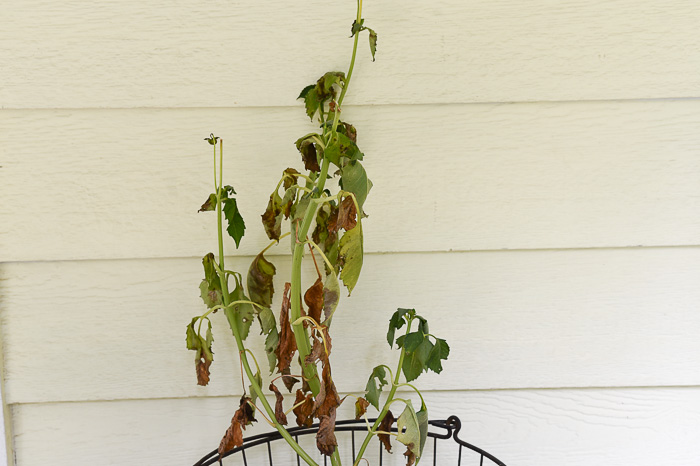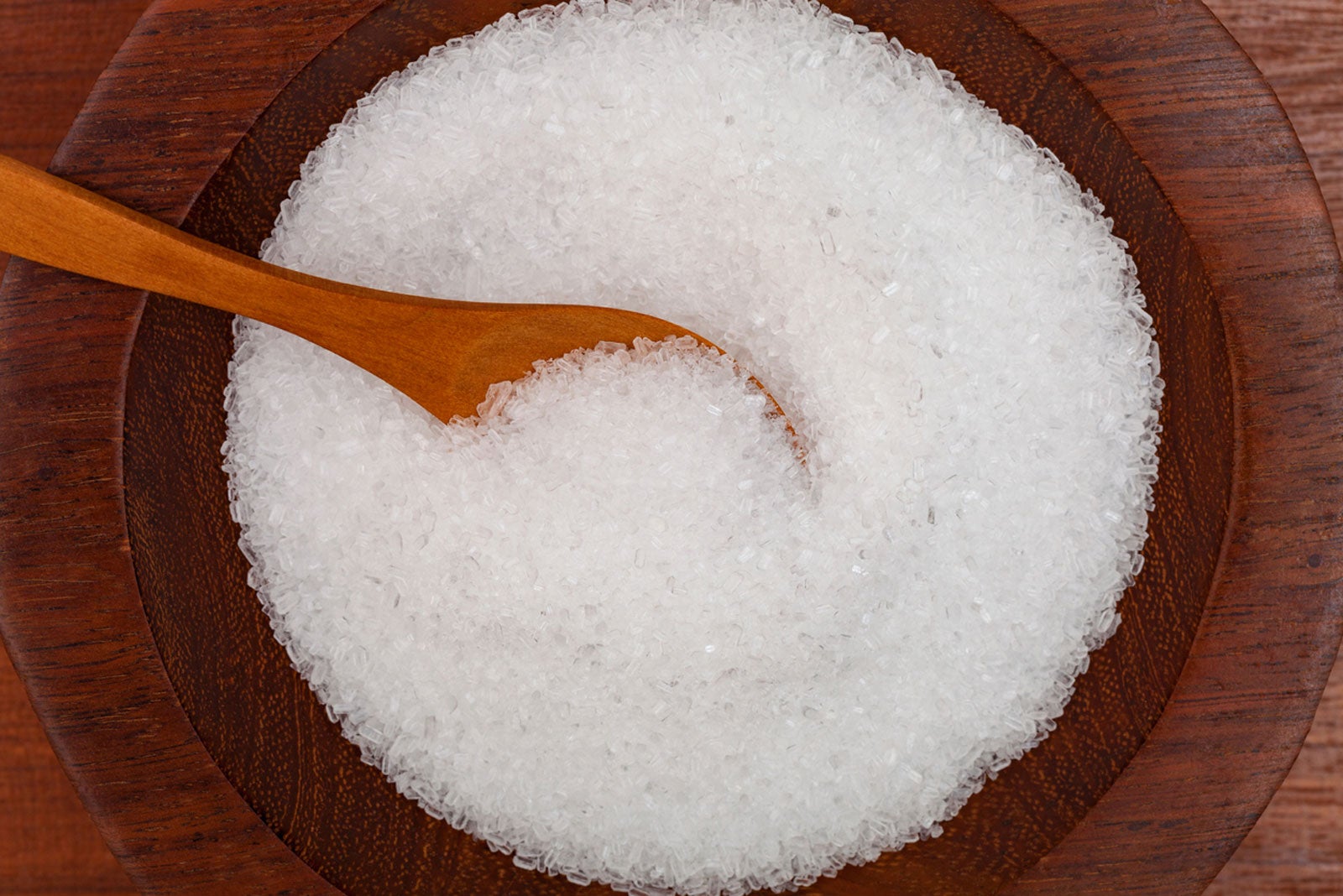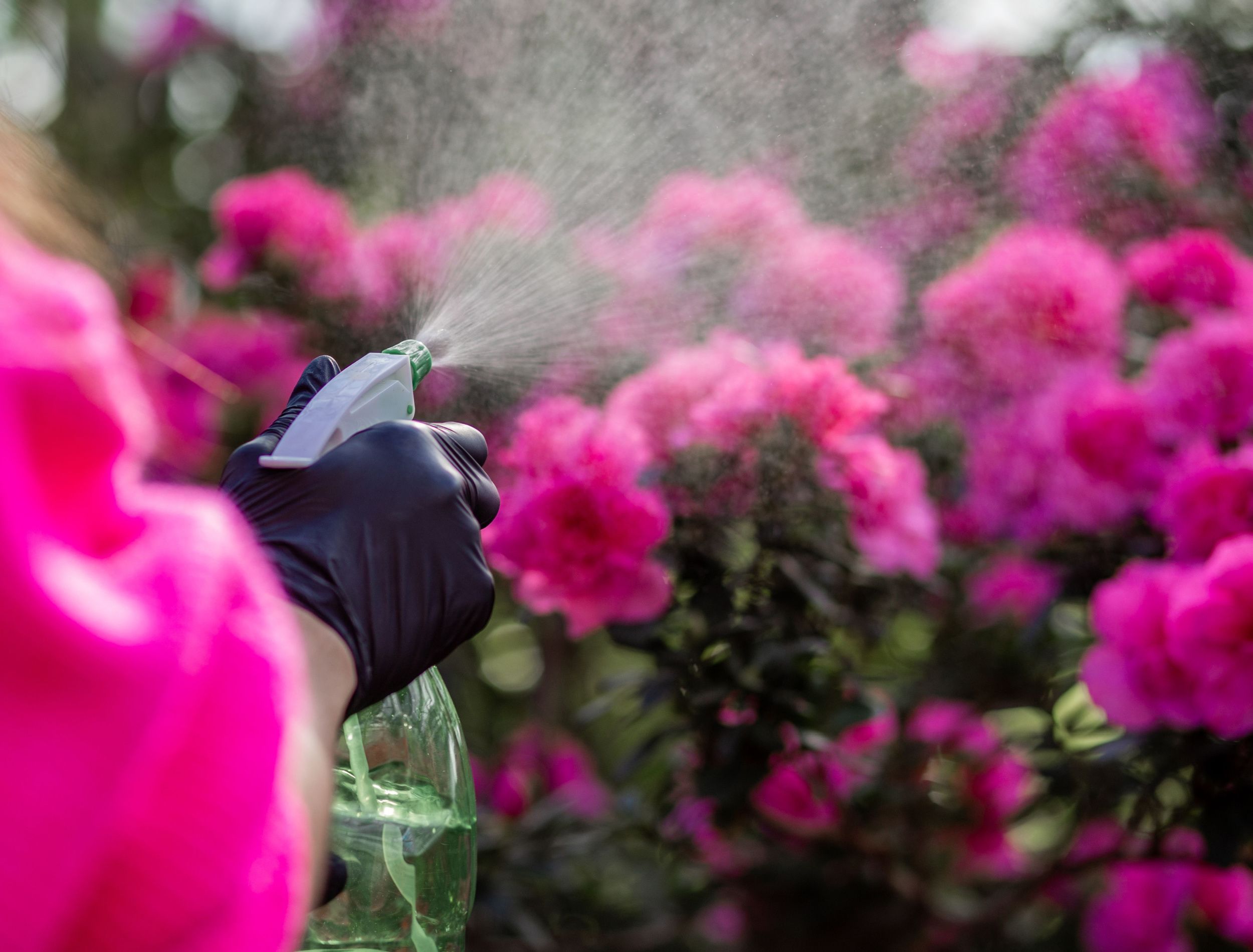Discover the Particular Plants That Are Negatively Influenced by Epsom Salt Application
Epsom salt, a prominent house treatment for numerous horticulture problems, is often praised for its beneficial results on plant development. Understanding the details plants that can be detrimentally affected by Epsom salt is vital for any kind of gardener looking to maximize their plant care routine.
Roses

Roses, particularly conscious modifications in their setting, can be negatively affected by the application of Epsom salt. While Epsom salt is generally utilized as a plant food to advertise plant development and enhance flowering, roses are one of the plants that do not respond well to its application. The high magnesium content in Epsom salt can hinder the uptake of various other important nutrients by the rose plants, causing deficiencies that show up as yellowing fallen leaves or stunted growth.

Tomatoes
While Epsom salt is often promoted as a treatment for various plant issues, consisting of blossom end rot in tomatoes, its application can lead to detrimental outcomes if not utilized judiciously. Excessive Epsom salt, which is magnesium sulfate, can interrupt the fragile nutrient equilibrium required by tomatoes, possibly leading to deficiencies in other necessary nutrients like calcium. When thinking about the use of Epsom salt on tomatoes, it is essential to adhere to advised application rates and dirt screening to prevent unplanned consequences on the total health and wellness and efficiency of these beloved yard plants.
Peppers
Peppers, admired for their different shades and levels of spiciness, can show vulnerability to unfavorable influences from Epsom salt when not applied with care and consideration for their particular dietary needs. what plants don't like epsom salt. Peppers, belonging to the Solanaceae household, require a fragile equilibrium of nutrients to thrive. While Epsom salt is understood to improve magnesium levels in plants, excessive application can disrupt this equilibrium, causing damaging impacts on pepper plants
When peppers are subjected to high degrees of magnesium from Epsom salt, it can disrupt the plant's capability to take in other essential nutrients like calcium and potassium. This discrepancy may manifest in signs and symptoms such as leaf staining, stunted growth, and decreased fruit manufacturing. In addition, the excessive magnesium can modify the soil pH, additional aggravating nutrient uptake issues for peppers.

Rhododendrons
Offered the level of sensitivity of specific plant species to imbalances brought on by Epsom salt, it is vital to take into consideration the effect on Rhododendrons, which additionally require details nutrient levels to prosper. Rhododendrons are acid-loving plants that favor acidic dirt conditions with a pH variety between 4.5 and 6.0. Epsom salt, chemically called magnesium sulfate, can modify the dirt pH and disrupt the delicate equilibrium of nutrients important for Rhododendron wellness.

To maintain the optimal growth and wellness of Rhododendrons, it is crucial to avoid the indiscriminate use Epsom salt and instead focus on supplying the particular acidic soil problems and nutrients that these plants need for prospering.
Azaleas
Azaleas, recognized for their vibrant blossoms and broad variety of colors, are ornamental hedges that come from the Rhododendron genus. These prominent blooming plants are commonly located in landscapes, gardens, and parks as a result of their beauty and convenience. Azaleas are sensitive to changes in soil pH levels, which can substantially impact their development and total health and wellness. While Epsom salt is frequently made use of as a solution for magnesium shortage in plants, its application to azaleas can have adverse effects.
When Epsom salt is related to azaleas, it can modify the dirt pH, making it imp source more acidic. Azaleas favor somewhat acidic soil problems, and an excess of magnesium from Epsom salt check that can interrupt this equilibrium, causing nutrient discrepancies and possible poisoning problems. The incorrect application of Epsom salt can lead to stunted growth, yellowing of fallen leaves, and overall decrease in the wellness of azaleas. It is critical to be mindful when considering the use of Epsom salt on azaleas to prevent any type of adverse effects on these fragile decorative bushes.
Final Thought
In final thought, it is essential to be knowledgeable about the details plants that can be adversely affected by the application of Epsom salt. Roses, tomatoes, peppers, rhododendrons, and azaleas are some examples of plants that might not take advantage of Epsom salt and could also suffer harm. It is critical to research study and understand the demands of each plant species prior to utilizing Epsom salt as a plant food to guarantee their health and well-being.
Understanding the particular plants that can be negatively influenced by Epsom salt is crucial for any type of gardener looking to maximize their plant care regimen. While Epsom salt is commonly used as a fertilizer to promote plant growth and boost blooming, roses are one of the plants that do not react well to its application.Too much usage of Epsom Going Here salt can also result in an accumulation of salts in the soil, leading to root damage and dehydration of the rose plants. While Epsom salt is recognized to boost magnesium degrees in plants, excessive application can disrupt this stability, leading to adverse results on pepper plants.
The high salt web content in Epsom salt can likewise dehydrate Rhododendron roots, creating more anxiety and damages to the plant. (what plants don't like epsom salt)